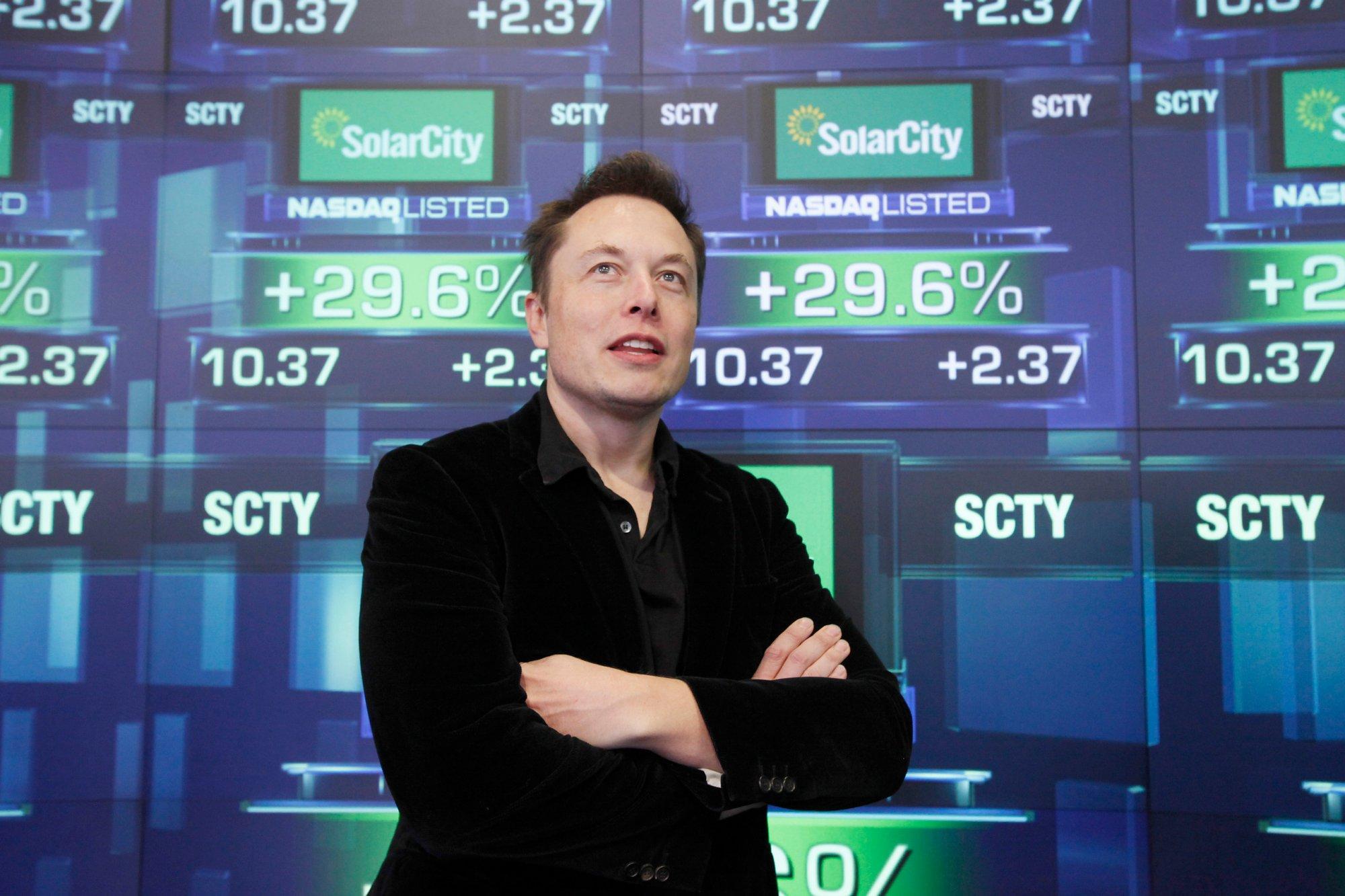The tweet may have been a hint about the teaser Musk tweeted out the day before, announcing, “Major new Tesla product line—not a car—will be unveiled at our Hawthorne Design Studio on Thursday at 8 pm, April 30.”
The visionary entrepreneur is the CEO and of SpaceX, CEO of Tesla Motors, and chairman of the board at SolarCity, and now it looks like he may be eyeing solar energy storage as the “next big thing.” However, affordable storage has long been the holy grail of the solar industry, and has so far proven elusive. Can the man who put Paypal on the map generate enough buzz to help push solar storage out of the lab and into the marketplace at long last?
Battery technology is certainly not a new subject of interest for the South African born wunderkind. His electric car company, Tesla Motors, has been making huge advances in battery technology in the last few years. Musk knows that, obviously, electric cars can only be considered “Green” if they use a non-polluting source of electrical generation to charge their batteries, and he also clearly understands that the same people who are buying electric cars are often the same people buying solar for their homes. According to a recent survey done by the Center for Sustainable Energy, 40 percent of America’s plug-in electric cars have been sold in California, and about half of electric vehicle owners currently have solar, or want to install it at their home or business. Electric vehicles, or “EVs” currently make up less than 1 percent of all U.S. car sales, but Musk plans to change that… and the solar industry along with it. Could a larger version of the Tesla batteries soon be powering our homes?
The traditional utility providers may not be quaking in their boots yet, but they certainly are keeping a close eye on what Elon Musk is up to. Musk has announced that he is putting his money where his mouth is, and will soon be breaking ground on a huge, 500-1000 acre, five billion dollar battery mega-plant. Texas, New Mexico and Arizona are competing ferociously to bring the project to their state, and the decision is set to be made in the very near future.
All is not entirely rosy on Musk’s solar horizon, however. SolarCity, the giant California leasing company that Musk has taken under his wing, is under attack in the press. A recent article in The Daily Caller featured the explosive title “Study: Is Elon Musk’s SolarCity The Next Enron?” The article points to a new report by the Taxpayers Protection Alliance. The report claims that “Like Enron, SolarCity and the solar industry’s complex financing schemes could create a “bubble” that will eventually burst and leave taxpayers exposed…SolarCity is a major player in this sketchy financial game.”
SolarCity wasted no time in firing back, pointing out that “Taxpayer Protection Alliance represents the interests of monopoly utilities, and its goal is to kill one of the most free market developments in the history of United States electricity markets. SolarCity has thousands of conservative customers who believe in their right to produce their own power by putting solar panels on their roofs,” the spokesman said. “Taxpayer Protection Alliance is working to protect monopoly interests, not the public interest in more jobs and more consumer choice.”
Musk’s Tesla Battery efforts, along with his part in making SolarCity the highest profile solar provider in the nation make his companies an obvious target for the ire of the utility industry. However, consumers don’t seem to be falling for cynical claims by monopoly electrical providers that the solar industry is “attacking the free market.” In fact, no greater sign in consumers enthusiasm for solar can be found than yesterday’s news that SolarCity continues to surpass its own electricity generation records at astounding rates. According to Musk, SolarCity has exceeded the 5 Gwh per day benchmark just two weeks after reaching 4 Gwh per day of electricity generation. By comparison, In 2010 a SolarCity alone did not generate 1 Gwh per day of electricity.
It must be pointed out that Musk, Tesla and SolarCity are not the first to take on the solar storage issue, nor are they the only competitors in the current race for marketable solar storage. Also, batteries are not the only options being explored. There are several projects looking at converting solar electricity to thermal energy and storing it underground, as compressed gas or as hot water. There is even a project in which solar power is stored as molten aluminum. However, these large-scale projects feel more like the utility industries attempts to maintain hold on the central-station generating model than practical projects. It is clear that consumers would prefer to make their own power, store their own power, and interact with the utility grid, rather than being at the mercy of it.
All eyes will be on the Hawthorne Design Studio for Musk’s April 30th announcement. If it is, in fact, the release of a ground breaking residential battery, will it be a game-changer? We won’t know right away. But one thing is for sure… Twitter will be abuzz, as will Wall Street.







